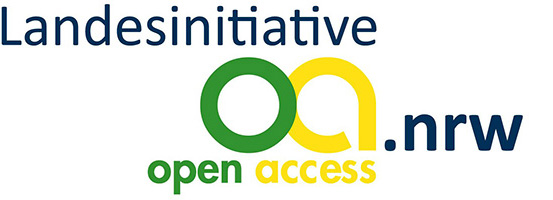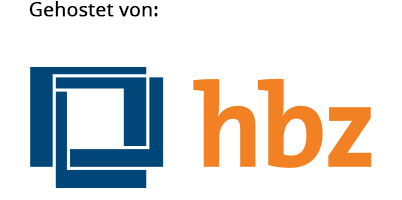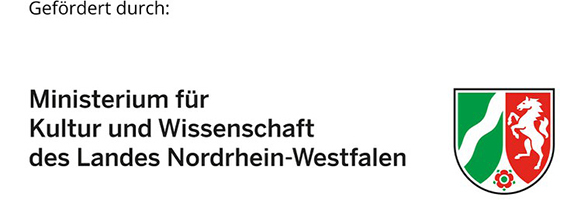SEMT - Sensorische Erkennung der Materialart und Erfassung der Trennflächen
DOI:
https://doi.org/10.2195/LJ_Not_Ref_Overmeyer_042007Keywords:
Automatisierungstechnik, Bandanlagen, Bergbau, Fördertechnik, Geoelektrik, Geophysik, Georadar GPR, Grenzschichterkennung, Intralogistics, Intralogistik, Logistics, Logistik, Materialerkennung, Materialfluss, Materialflussplanung, Multisensorik, Radar, Schaufelradbagger, Sensorik, Tagebau, Transporttechnik, Trennflächenerkennung, intra logistics, technische Logistik, ProzessoptimierungAbstract
The efficiency of continuous mining technologies depends to a large degree on a flawless and synchronous operation of the complete process chain. From certain points, a further optimization of this operation can only be achieved by gathering additional information about the input parameter. The earlier and more exact the description of the input parameter, the greater the effectiveness of the entire process chain. The objective of the SIMT project is to support quality-relevant mining by the identification of the material types and the interface (layer border) lying between them during the mining process as an operator’s aid, and for the refinement of future open mining models. The identification of the in-situ materials, interfaces in real-time, and the exploratory subsurface investigations which occur during the mining operation, form the basis for further automation projects and process optimisation in the entire mining chain of excavation, transport, storage and dumping. In order to select a suitable sensor technology a preliminary study was carried out with subsequent evaluation with regard to performance requirements and operating conditions of the bucket wheel excavator. Ground penetrating radar and geo electric, which, in theory, seemed suitable sensor technologies as a result of this study, had to prove their practical suitability for SIMT in field tests. In principle, two possibilities exist for the integration of the sensor technology. It can be integrated next to the bucket wheel or in the bucket wheel itself. For the ground penetrating radar both variants are possible since direct contact with the material is not necessary. The inducting and measuring electrodes of geo electric, however, must be integrated in the bucket, because direct contact with the in situ material is necessary. This paper gives an overview of the field tests carried out, with the corresponding results, and the future prospects of the possible integration of the sensor technologies on the bucket wheel excavator.Downloads
Published
2007-04-17
How to Cite
Overmeyer, L., & Kesting, M. (2007). SEMT - Sensorische Erkennung der Materialart und Erfassung der Trennflächen. Logistics Journal: Editorial-Reviewed. https://doi.org/10.2195/LJ_Not_Ref_Overmeyer_042007
Issue
Section
Artikel








